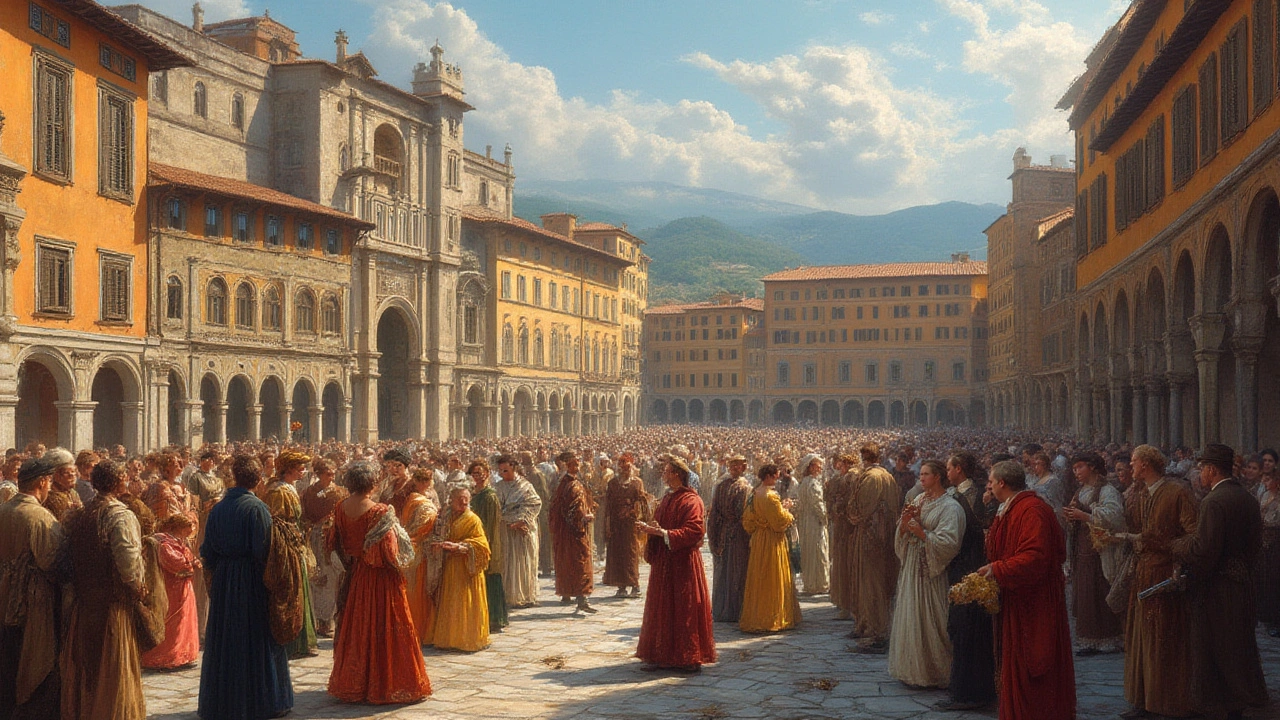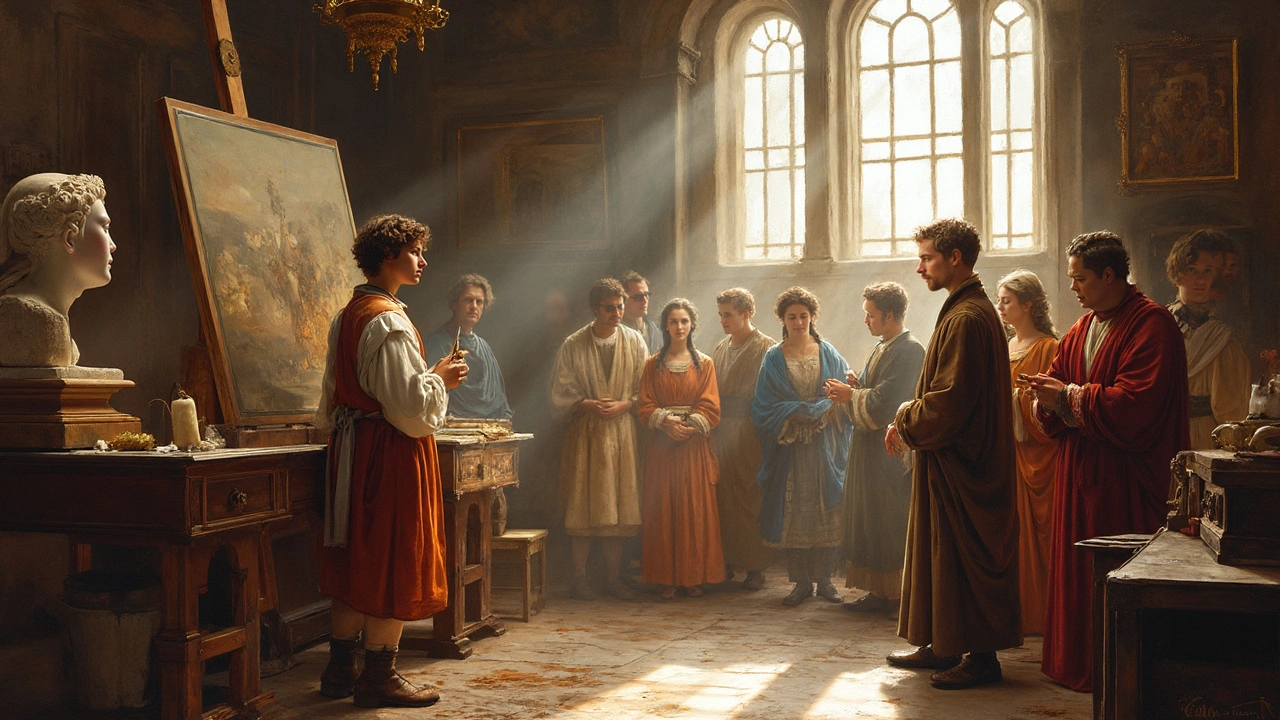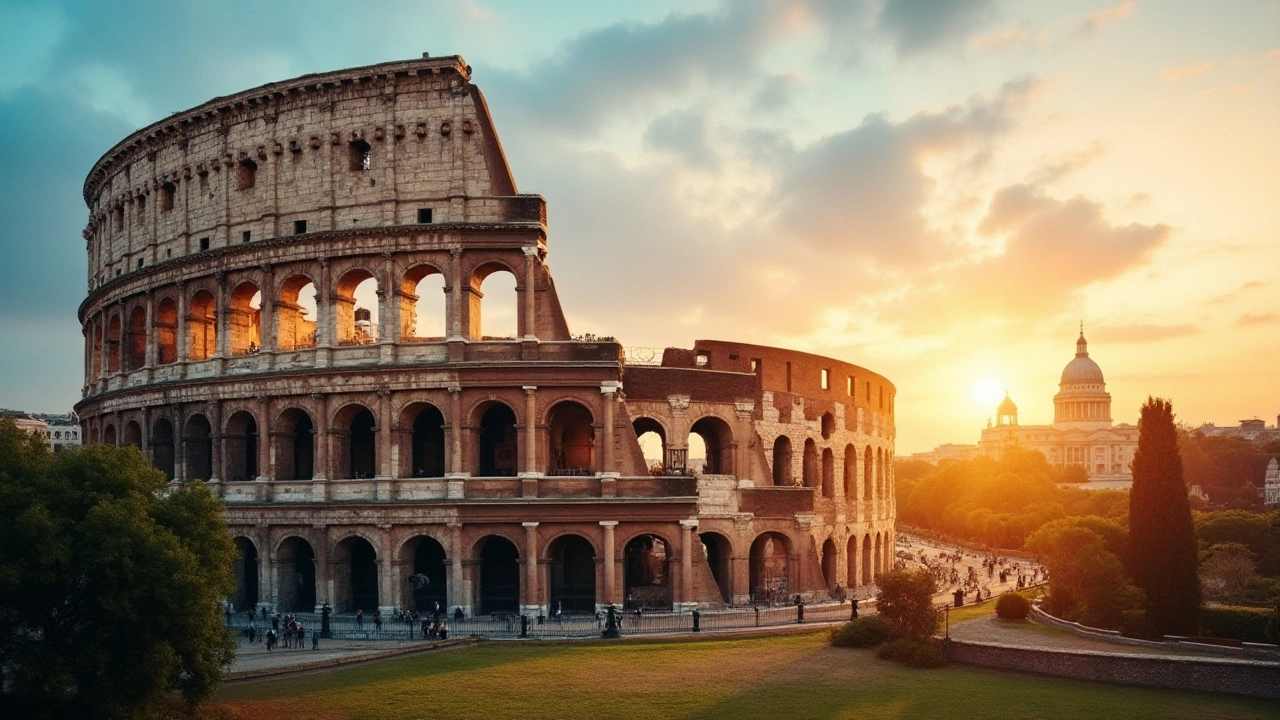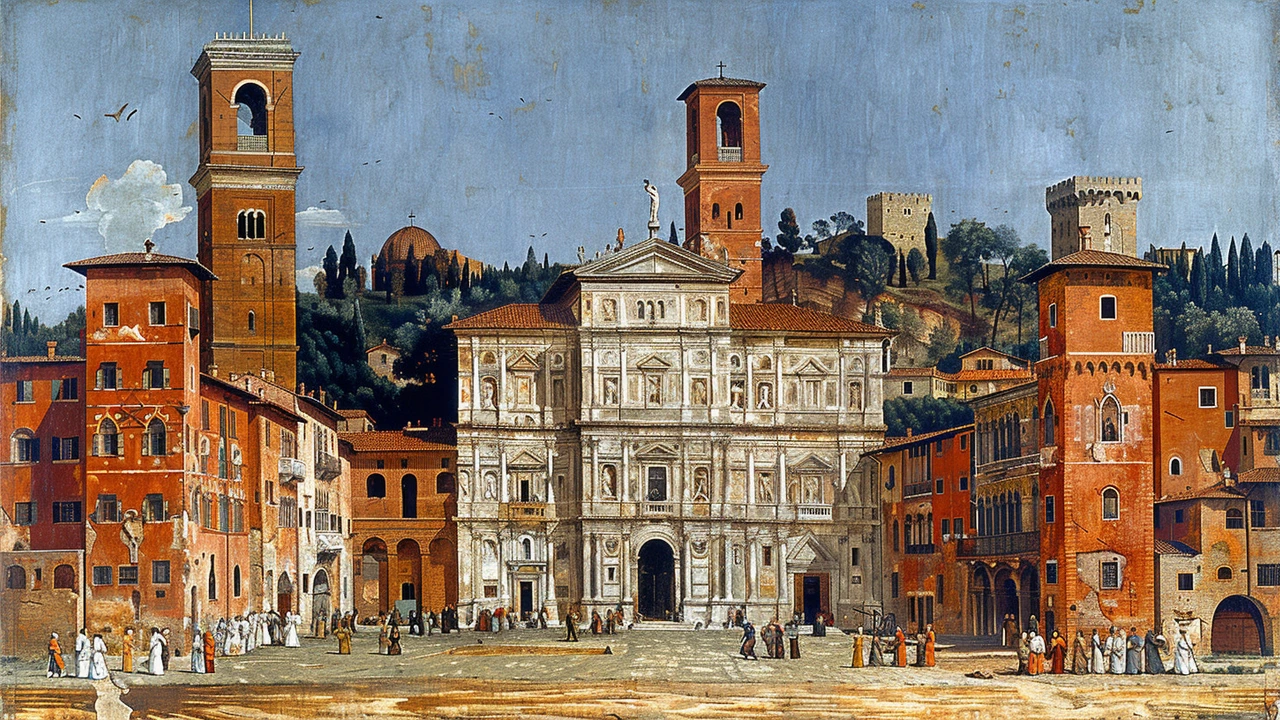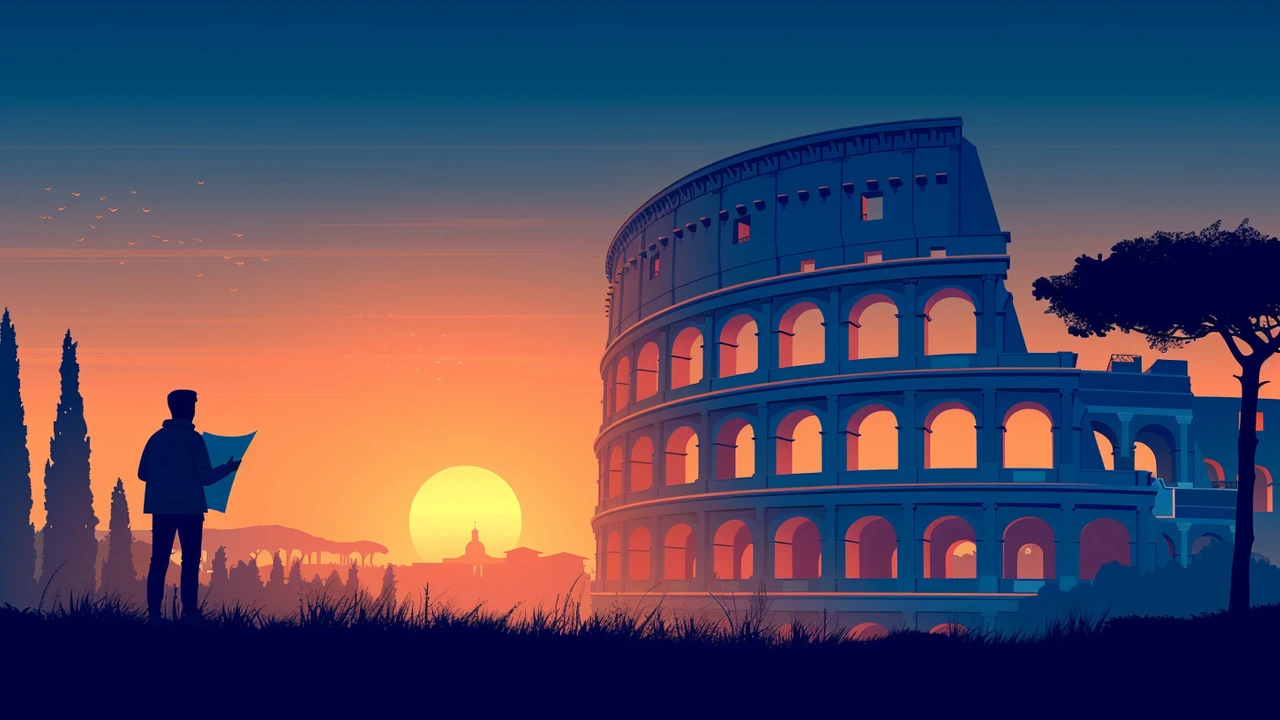Discover the Renaissance—a time of genius, beauty, and innovation. From Florence to Leonardo, get the basics on art, ideas, and drama that changed Europe forever.
Architectural History: Roman to Renaissance Essentials
Want a clear, useful guide to key moments in architectural history? This page pulls together the basics you need: Roman engineering that shaped cities, and the Renaissance leap that changed how people made and thought about buildings and art. Read short, practical explanations, plus tips to spot these styles in real life.
Roman architects built to last. They perfected concrete, used arches and vaults to span big spaces, and engineered aqueducts that carried water for miles. Look at the Colosseum or the Pantheon: massive, functional, and elegant. If you visit a stone arch or a large dome, ask whether the structure uses Roman ideas like rounded arches, thick supports, or radial symmetry.
Why Roman methods matter today
Modern builders still borrow Roman tricks. Reinforced concrete and large public baths evolved from Roman practice. Engineers admired Roman use of load distribution and modular construction. When you see a bridge with repeated arches or a civic building with a heavy base and simple ornament, you are seeing Roman influence. Those choices were about function first—durability, movement of people, and utility.
The Renaissance changed who architects and artists were. Before that, many craftsmen stayed anonymous. In the Renaissance, designers started signing their work and thinking about art as a personal statement. Florence became an experimental lab for techniques like linear perspective, realistic human proportions, and harmony in building facades. That shift made architects into public figures and brought artistic theory into building design.
How the Renaissance reshaped design
Renaissance buildings mix math, classical references, and human scale. You can spot them by balanced proportions, columns inspired by Greek and Roman orders, and decorative details that follow classical rules. Think of Brunelleschi’s dome or Alberti’s clean facades: they combine innovation with clear rules about symmetry and sequence. The era also produced new tools: perspective drawing, treatises on proportion, and a clearer role for the architect as thinker and maker.
Want to spot influences quickly? Compare three things: structure, ornament, and purpose. Roman work focuses on structure and utility. Renaissance work adds visible rules and human-centered proportion. When facade rhythm, columns, and clear windows appear together, you are likely looking at Renaissance-inspired design. When massive arches, vaults, and heavy masonry dominate, Roman influence is at play.
This category collects accessible articles that explain these shifts. Read pieces on Roman materials and engineering, beginner-friendly Renaissance histories, and essays about how artists became modern creators. Each post includes images and concrete examples to help you see the architecture, not just read about it. Bookmark this page if you want a compact, practical reference to architectural history that you can use on city walks or design projects.
If you're starting, pick one building and study its plans, materials, and purpose. Compare photos and sketches, and read a short guide about its history. Visit a local museum or use online archives to examine construction details up close. Watch scale and human proportions—they reveal each era’s priorities and design logic. Start with Rome first.
This article breaks down how the Renaissance flipped the script on what it meant to be an artist. It digs into why painters and sculptors went from anonymous workers to household names during this period. You'll get a look at the big shifts in thinking that let creative people stand out and take credit for their work. Find out how these changes still shape our view of art and artists today. You'll also pick up tips on spotting real Renaissance influence in modern art.
Immerse yourself in the grandeur of Roman architecture as we explore its lasting influence on modern design. This article delves into the architectural innovations and construction techniques that have stood the test of time. Discover fascinating elements of Roman design such as the use of arches, vaults, and aqueducts. Learn about key structures that exemplify Roman architectural excellence and gain insights into how these ancient techniques continue to inspire today's architects. By understanding Roman architecture, one can appreciate the blend of creativity and engineering that shaped an era.
The Renaissance marks a significant period in history, characterized by great change and innovation. It was a time of extraordinary cultural revival, affecting art, science, and society. Explore the key aspects and influential figures of this era, discovering how the Renaissance shaped the modern world.
I just dove headfirst into the awe-inspiring world of Ancient Roman architecture, and let me tell you, it's like stepping into a time machine! These guys were the divas of durability, masters of masonry, and frankly, the Picassos of their time. The Romans were the first to use concrete, paving the way for our skyscrapers today - so when you're in your high-rise office, say a little 'grazie' to the Romans! From their magnificently gigantic Colosseum to those cute little aqueducts, the Romans certainly knew how to leave a lasting impression. So here's to the Romans, turning rubble into remarkable relics, one stone at a time!

